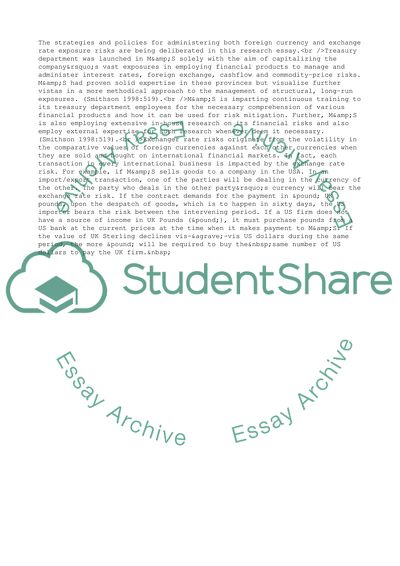Cite this document
(Marks & Spencer Foreign Exchange Risk Exposure Case Study, n.d.)
Marks & Spencer Foreign Exchange Risk Exposure Case Study. https://studentshare.org/business/1737201-treasury
Marks & Spencer Foreign Exchange Risk Exposure Case Study. https://studentshare.org/business/1737201-treasury
(Marks & Spencer Foreign Exchange Risk Exposure Case Study)
Marks & Spencer Foreign Exchange Risk Exposure Case Study. https://studentshare.org/business/1737201-treasury.
Marks & Spencer Foreign Exchange Risk Exposure Case Study. https://studentshare.org/business/1737201-treasury.
“Marks & Spencer Foreign Exchange Risk Exposure Case Study”. https://studentshare.org/business/1737201-treasury.


